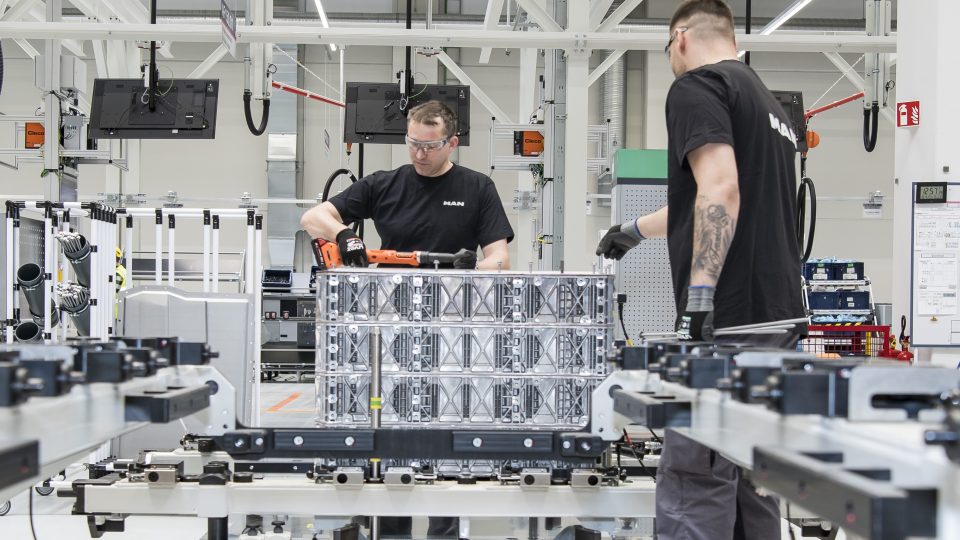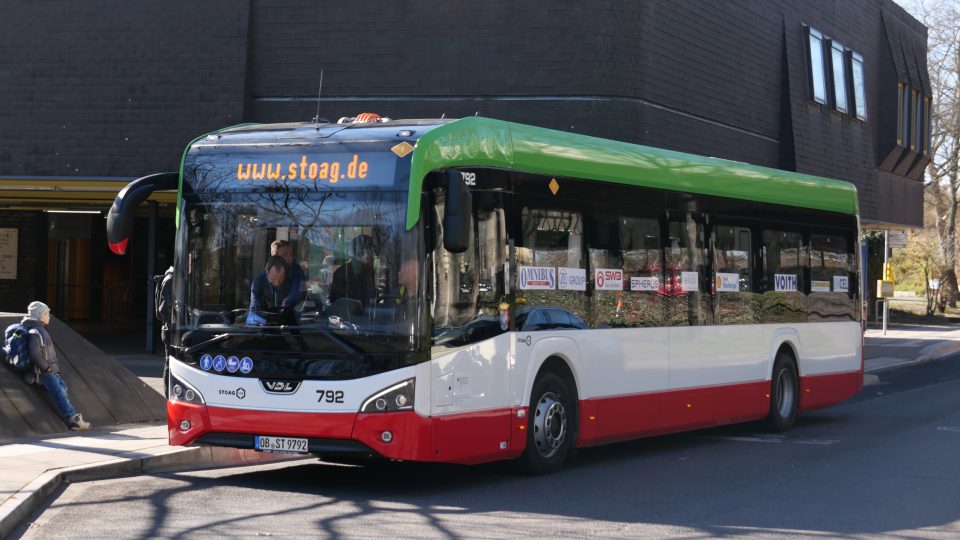Iveco Crossway hits the figure of 60,000 units produced (it’s by far the best-selling intercity bus in Europe)
Iveco Bus Crossway range has broken a new production record as the 60,000th unit rolled off the assembly line since its launch in 2006. Manufacturing, as widely known, takes place at the Vysoke Myto plant (Czech Republic), one of the largest facility in Czech Republic and Eastern Europe, and Europe’s largest bus manufacturing plant. Iveco Bus […]

Iveco Bus Crossway range has broken a new production record as the 60,000th unit rolled off the assembly line since its launch in 2006.
Manufacturing, as widely known, takes place at the Vysoke Myto plant (Czech Republic), one of the largest facility in Czech Republic and Eastern Europe, and Europe’s largest bus manufacturing plant.
Iveco Bus Crossway range growing
Today the Crossway is available in multiple variants (10.8, 12, 13 and 14.5 m), and with wide choice of energy (biogas, hybrid, electric). Iveco Bus raised the curtain on the new Crossway range (with facelift and addition of the Elec Low Entry version, already showcased at UITP Summit) on 6 October at Busworld.
For Europe’s best-selling Class II (more than 4 thousand units a year, 2 thousand of which Low Entry – and growing), this is no mere makeover but a true Copernican revolution, which affects every detail of the bus starting with the new logo, unveiled at the trade fair.
The Crossway range has also received prestigious awards, including the “International Bus & Coach Award 2017” and four Sustainable Bus of the Year awards in the Intercity category: the “SBY 2018” title with the Low Entry gas version, “SBY 2020” with the Natural Gas version, “SBY 2023” with the Biomethane-compatible Low Entry Hybrid Gas version and, most recently, the Crossway Low Entry ELEC model was crowned “SBY 2024”.
“With this new record of 60,000 units produced, our Crossway confirms its leading position in the Intercity segment. With its extensive choice of configurations and multiple available alternative energies, the Crossway range is uniquely capable of meeting the specific requirements of a wide variety of transport operations. This accounts for its continued success as the best-selling intercity bus in Europe and its appeal in markets on other continents,” says Stéphane Espinasse, Head of Iveco Bus Sales Operations and Product Management.







